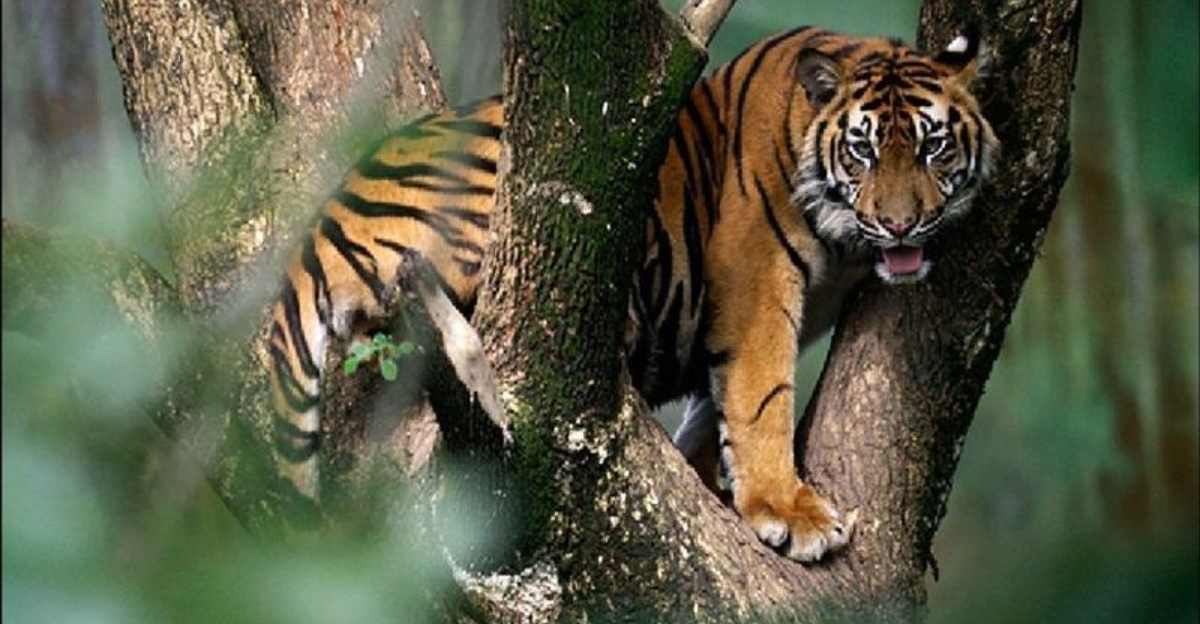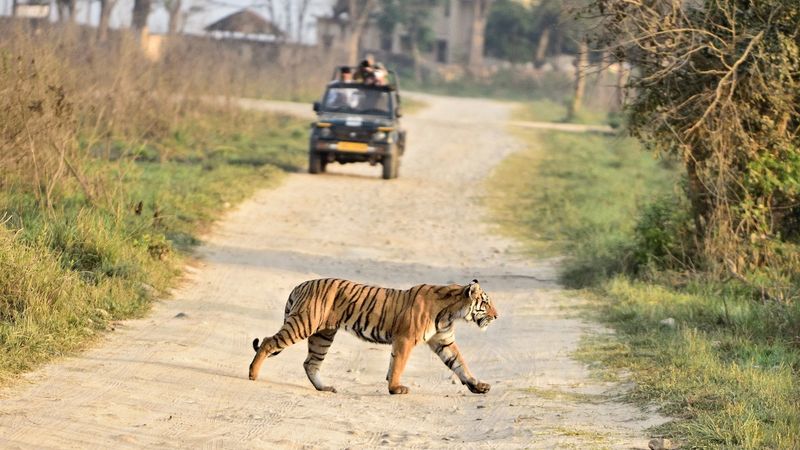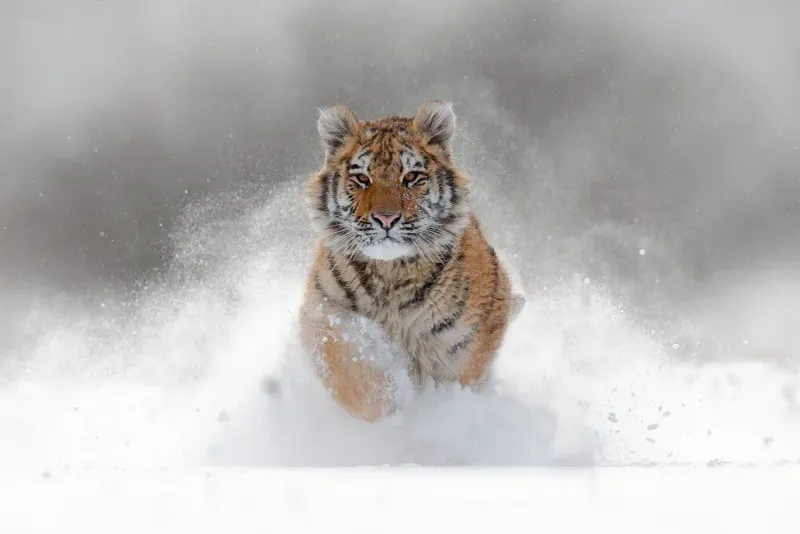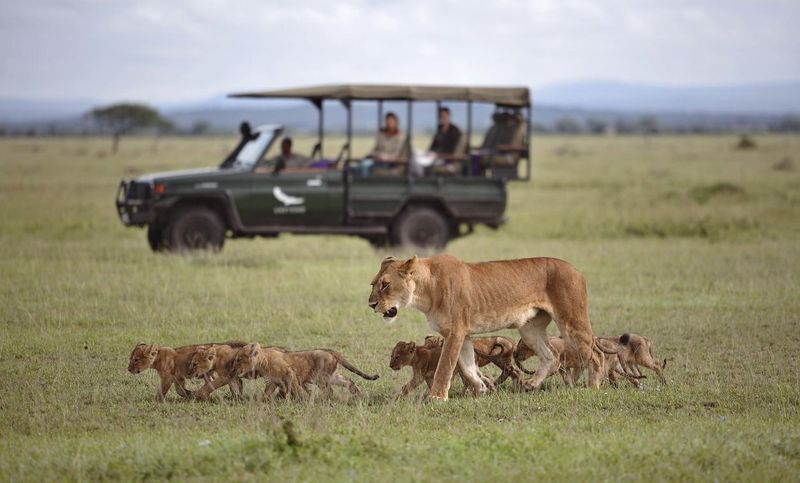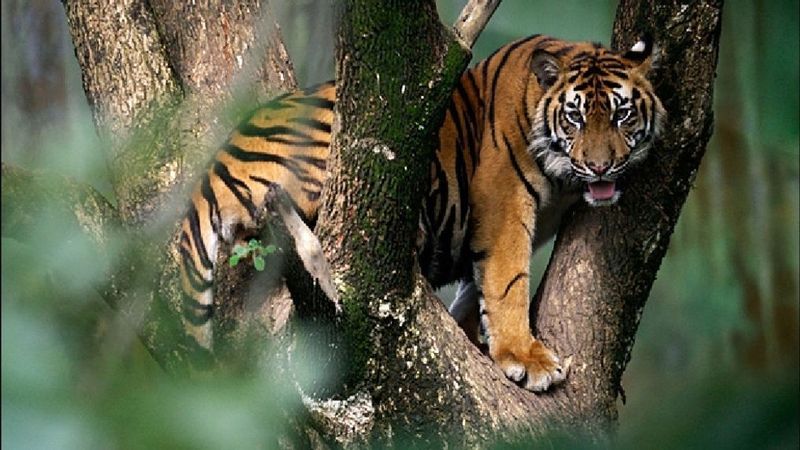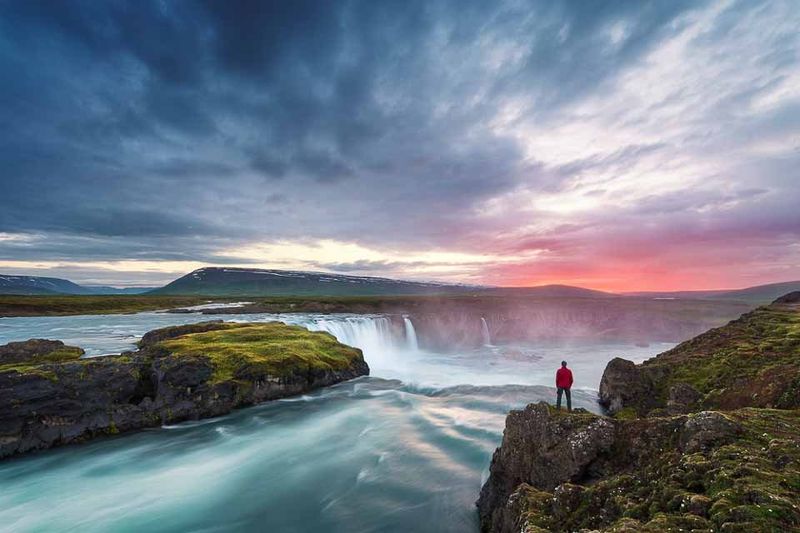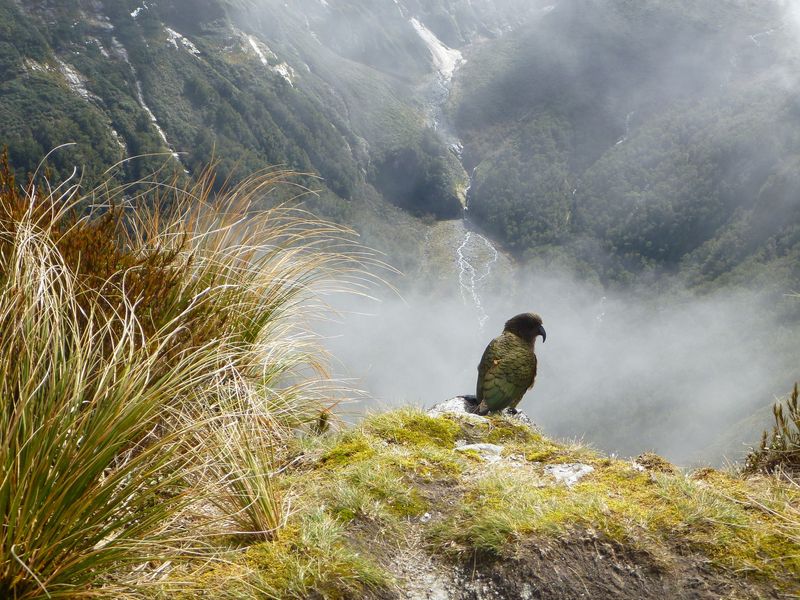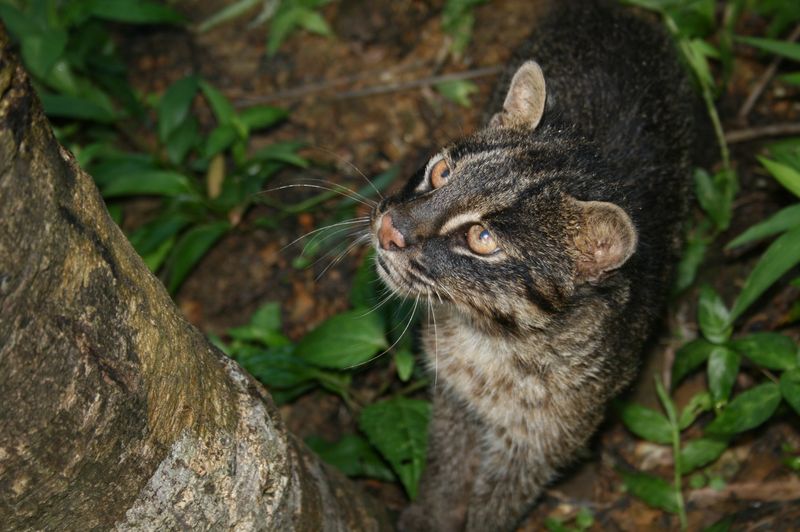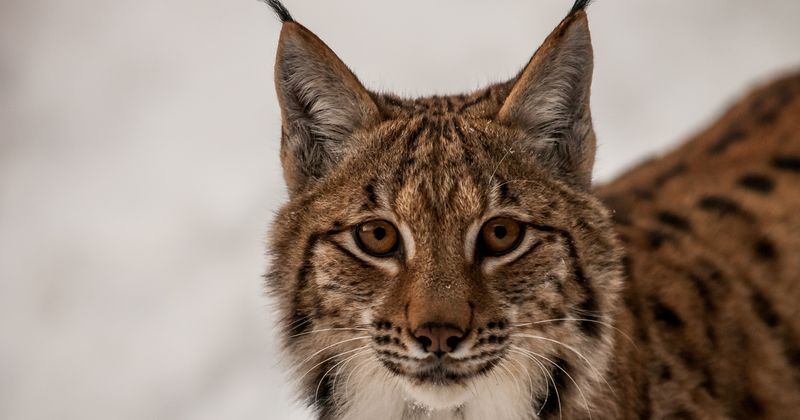📖 Table of Content:
Throughout history, wild cats have captured the human imagination with their grace, power, and mystery. Found across continents, these majestic predators range from the solitary snow leopard of the Himalayas to the roaring lions of the African savannah. Yet while some command awe from a distance, others have developed a reputation for being genuinely dangerous—especially where human habitats overlap with their shrinking territories.
Not all countries share this uneasy balance with wild cats. In certain regions, encounters with these animals can be life-threatening, with attacks documented each year due to conflict, habitat encroachment, or chance meetings in the wild. Conversely, there are countries where large feline predators simply do not exist, offering peace of mind to hikers, farmers, and nature lovers who can explore without fear of ambush.
This article delves into five countries where wild cats pose a serious threat to humans, examining what makes these environments so dangerous. It then shifts to highlight five other nations where such risks are virtually nonexistent. Whether you’re planning your next safari or simply curious about the wild world, this list offers a sharp contrast between the thrill of danger and the comfort of safety.
1. India
India is perhaps the most striking example of a country where wild cats and humans exist in close, often dangerous, proximity. Spanning from the Sundarbans’ mangroves to the dry forests of Gujarat, India is home to the Bengal tiger, leopard, Asiatic lion, and snow leopard. Tigers are known to prowl near villages and even enter human settlements when prey is scarce. Leopards, agile and opportunistic, have been found in urban areas like Mumbai, where they occasionally attack livestock and people. Conservation efforts have made progress, but human-wildlife conflict remains a daily concern in many regions. Encounters typically happen at the edges of reserves or when cats are displaced from their habitats. Each year, reports surface of fatal attacks, highlighting the dangers of coexisting with such apex predators.
2. Brazil
Brazil stands out for harboring the largest feline in the Americas—the elusive jaguar. Dense Amazonian jungles and vast wetlands of the Pantanal provide the perfect habitat for this apex hunter. Jaguars, unlike many other cats, are excellent swimmers and have been seen ambushing prey from riverbanks. Although they generally avoid humans, increasing deforestation is pushing them closer to populated areas. Puma sightings are also common in more temperate zones and are occasionally involved in attacks on livestock or hikers. Farmers and rural communities often view these cats as a threat, leading to conflicts that rarely end well for the animal. Despite their beauty and cultural significance, Brazil’s wild cats remain powerful and unpredictable.
3. Russia
Russia offers a cold, remote frontier where some of the world’s most formidable wild cats roam, particularly the Siberian tiger. Found in the Russian Far East, these massive tigers can weigh over 600 pounds and are capable of taking down large prey like bears and wild boar. Their territory overlaps with sparse human settlements, leading to rare but deadly confrontations. Amur leopards, critically endangered and extremely rare, also inhabit this region, though they are far less likely to pose a threat. Historical accounts include tigers that have hunted humans in retaliation for being shot or disturbed. Poaching and habitat loss continue to pressure these animals, potentially increasing human encounters. In these frigid forests, the predator-prey balance hangs by a thread.
4. South Africa
South Africa draws tourists from around the globe to see lions, leopards, and cheetahs in the wild—but the beauty of this experience can mask real danger. Game reserves, while monitored, are not foolproof when it comes to animal behavior. Lions have been known to attack vehicles or breach fences when provoked or hungry. Leopards, though smaller, are more unpredictable and have entered campsites or rural homes. South African farmers often struggle with predation of livestock, leading to strained relations with conservationists. Human fatalities, though rare, still occur when caution is not observed. The presence of multiple large cat species in one country amplifies the potential risk dramatically.
5. Indonesia
Indonesia harbors the last remaining Sumatran tigers, a subspecies known for its reclusive but sometimes aggressive nature. These tigers dwell in dense rainforest, yet habitat destruction has forced many into closer contact with people. Villagers occasionally fall victim to surprise encounters, especially in Sumatra’s rural regions. With palm oil plantations rapidly expanding, the overlap between tiger territory and human activity has become a flashpoint. Unlike some other big cats, Sumatran tigers may not retreat if confronted. The clouded leopard, though smaller and more arboreal, is also present but less dangerous. Nonetheless, Indonesia remains a hotspot for tiger-related incidents in Southeast Asia.
6. Iceland
Iceland presents an extraordinary case of a country virtually untouched by predatory wildlife. The island’s harsh climate and isolated geography have prevented the development or introduction of large land mammals like wild cats. Arctic foxes are the only native terrestrial predator, and they pose no threat to humans. Travelers can hike across Iceland’s volcanic landscapes without fear of ambush or attack. Even domesticated animals face little risk, making it a haven for both livestock and explorers. There are no snakes, bears, or big cats—just a wide array of birds and marine life. For those seeking pure wilderness without peril, Iceland is unrivaled.
7. New Zealand
New Zealand similarly enjoys a feline-free environment when it comes to dangerous wildlife. There are no native land predators larger than a house cat, and wild cat species have never naturally colonized the islands. Feral cats do exist but are more of a threat to native birds than to humans. Outdoor enthusiasts can trek for days without encountering any large carnivores. Introduced mammals such as stoats and rats are managed primarily for environmental reasons, not human safety. The country’s unique ecosystem developed without the pressure of large predators, which is part of why its birdlife evolved to be so ground-dwelling. With strict biosecurity laws, New Zealand ensures that it stays that way.
8. Ireland
Ireland lacks any native big cat species and offers a remarkably safe natural environment in terms of wildlife threats. While legends of wild cats occasionally appear in folklore, modern Ireland is free from any dangerous felines. The closest one might come is spotting a domestic cat stalking a mouse in the garden. Rural walks and hikes through forested or mountainous areas carry no risk of predatory animal encounters. Even camping alone poses no wildlife danger, which is a rare comfort in many parts of the world. Conservationists focus more on habitat preservation than human safety. Ireland’s wildlife might be charming—but it’s not deadly.
9. Japan
Japan may surprise some by its absence of large dangerous wild cats, despite its diverse and mountainous terrain. The Iriomote cat, a critically endangered species, is found only on a small southern island and is about the size of a house cat. It is extremely shy and rarely seen, let alone considered a danger to humans. Outside of that, no native large felines exist in Japan. Bears pose a greater risk in remote forested areas, but that’s unrelated to feline predators. Japanese nature lovers can enjoy hikes, climbs, and even overnight stays with little concern for wild cat attacks. For a country with such rich biodiversity, its record on human-cat conflict is virtually nonexistent.
10. Norway
Norway completes this list with a landscape dominated by fjords, forests, and alpine tundra—but with minimal threat from wild cats. The Eurasian lynx is the only wild cat species found here, and it’s known for its elusive nature and low risk to humans. Lynx typically avoid people and pose more of a threat to sheep than hikers or hunters. Attacks are exceptionally rare and often involve animals in distress or poor health. Norway has well-regulated national parks and wilderness areas, making wildlife encounters generally peaceful. Although wolves and bears can be found in remote regions, they too are rarely encountered. Overall, Norway combines natural beauty with a low-risk predator profile.
